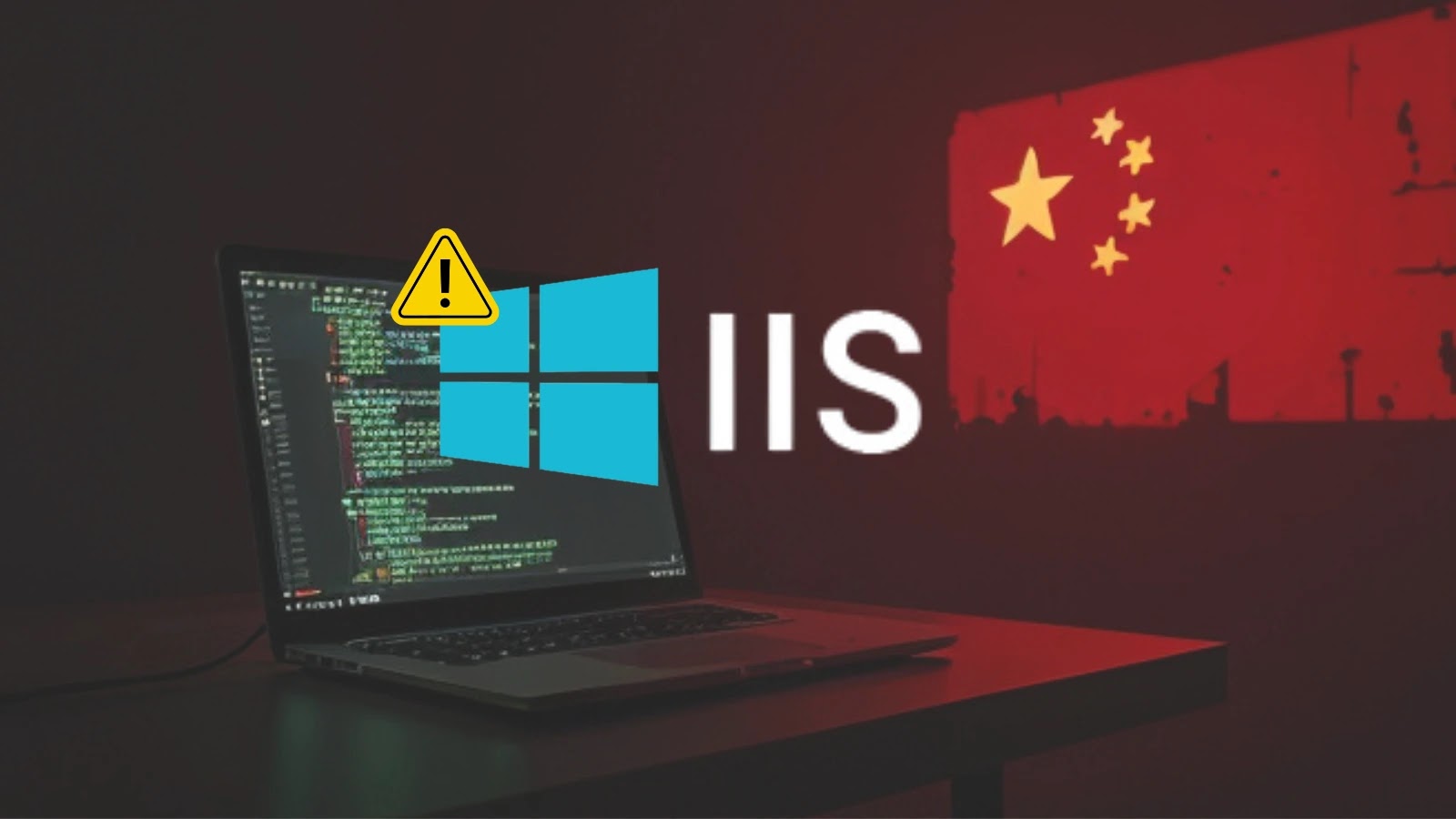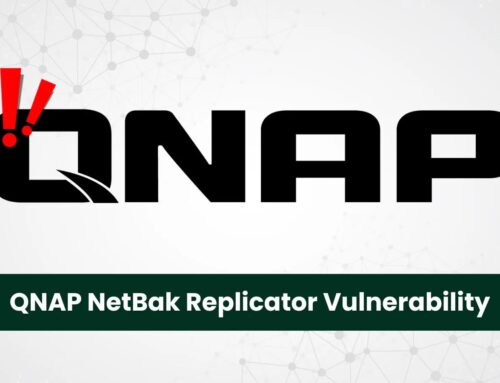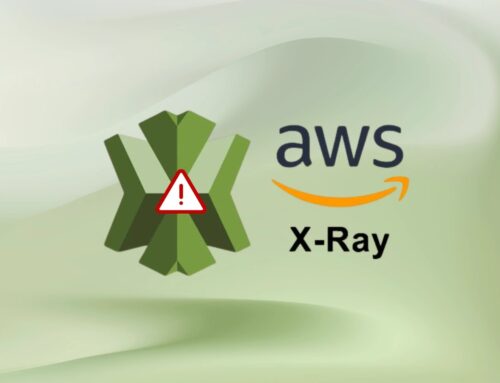
Chinese Hackers Compromising High-Value IIS Servers to Manipulate Search Rankings
The Silent SEO Heist: Chinese Hackers Weaponize IIS Servers for Search Ranking Manipulation
Imagine your carefully crafted website, climbing the search engine ranks through legitimate effort and quality content. Now, picture that hard work being undermined by a shadowy group leveraging compromised servers to artificially boost their own, or their clients’, illicit content. This isn’t a futuristic scenario; it’s the current reality for numerous organizations globally, as the Chinese-speaking cybercrime collective UAT-8099 has been systematically breaching high-value Internet Information Services (IIS) servers to orchestrate sophisticated search engine optimization (SEO) fraud.
This clandestine campaign, first extensively observed in early 2024, targets critical infrastructure in regions spanning India, Thailand, Vietnam, Canada, and Brazil. The attackers are not merely defacing websites; they are intricately manipulating search algorithms, turning legitimate web servers into unwitting accomplices in a widespread SEO manipulation scheme.
UAT-8099’s Modus Operandi: A Deep Dive into Their Toolkit
UAT-8099 exhibits a sophisticated operational posture, employing a multi-faceted approach to gain and maintain persistence on target systems. Their toolkit is diverse, reflecting a well-resourced and skilled adversary:
- Web Shells: These malicious scripts provide remote administrative access to web servers, allowing the attackers to execute commands, upload files, and manipulate server configurations from afar. Web shells are often the initial point of persistence after exploiting a vulnerability.
- Open-Source Hacking Utilities: The group leverages a variety of publicly available tools for reconnaissance, network scanning, credential dumping, and lateral movement. This use of readily available tools helps them blend in and reduces the need for developing custom solutions for every stage of an attack.
- Cobalt Strike: A powerful commercial penetration testing tool, Cobalt Strike is frequently abused by threat actors for post-exploitation activities, including command and control (C2), privilege escalation, and lateral movement within compromised networks. Its legitimate nature makes detection more challenging.
- Bespoke BadIIS Malware: This custom-developed malware specifically targets IIS environments, highlighting UAT-8099’s specialization in compromising these servers. BadIIS likely provides them with granular control over IIS processes, enabling the precise manipulation required for SEO fraud without raising immediate alarms.
The strategic deployment of these tools allows UAT-8099 to not only breach servers but also to establish durable control for their long-term SEO manipulation objectives.
The Impact: Beyond a Simple Website Defacement
The consequences of UAT-8099’s campaign extend far beyond the immediate compromise of a server. By manipulating search rankings, the group achieves several malicious goals:
- Deceptive Traffic Rerouting: Illicit content, often associated with scams, phishing, or malware distribution, is artificially propelled to higher search positions. This drives unsuspecting users to malicious sites, leveraging the trust associated with legitimate search results.
- Erosion of Trust: When legitimate businesses find their organic visibility diminished by fraudulent entries, it erodes user trust in search engines and legitimate online services.
- Financial Ramifications: Businesses that rely on organic search traffic can suffer significant financial losses due to decreased visibility and redirected customers.
- Reputational Damage: For organizations whose IIS servers are compromised, there’s a risk of reputational damage, even if they are victims, as their infrastructure is being used for illicit activities.
Remediation Actions: Fortifying Your IIS Defenses
Protecting IIS servers from sophisticated threats like UAT-8099 requires a proactive and multi-layered security strategy. Organizations must prioritize robust security practices to prevent exploitation and detect compromise swiftly.
- Patch Management: Proactively apply all security updates and patches for IIS, Windows Server, and all installed web applications. Many compromises originate from known vulnerabilities. For instance, recent critical vulnerabilities like CVE-2023-35368 in Windows Server have often been targeted.
- Least Privilege Principle: Ensure IIS worker processes and application pools operate with the absolute minimum necessary privileges. This limits the damage an attacker can inflict if a web shell is deployed.
- Strong Authentication & Access Control: Implement strong, multi-factor authentication (MFA) for all administrative interfaces and remote access. Restrict RDP and other administrative access to trusted IP ranges.
- Web Application Firewall (WAF): Deploy and properly configure a WAF to detect and block common web-based attacks, including attempts to upload web shells or exploit known vulnerabilities.
- Endpoint Detection and Response (EDR): Utilize EDR solutions on all server endpoints to monitor for suspicious activities, such as unauthorized process execution, file modifications, or network connections indicative of C2 communication.
- Regular Security Audits & Penetration Testing: Conduct periodic security audits and penetration tests to identify and remediate vulnerabilities before attackers can exploit them.
- Network Segmentation: Isolate IIS servers from other critical network segments to prevent lateral movement in case of a compromise.
- Log Monitoring & Alerting: Implement comprehensive logging for IIS and Windows events, and integrate these logs into a Security Information and Event Management (SIEM) system. Configure alerts for suspicious activities, such as repeated login failures, unusual file access, or new user creation.
- Antivirus/Anti-Malware: Maintain up-to-date antivirus and anti-malware solutions on all servers, specifically configured to scan web directories.
Tools for IIS Server Security
Leveraging the right tools is crucial for both preventing and detecting compromises on IIS servers.
| Tool Name | Purpose | Link |
|---|---|---|
| Microsoft Baseline Security Analyzer (MBSA) | Identifies common security misconfigurations and missing security updates on Windows systems, including IIS servers. | MBSA (Deprecated – consider newer tools) |
| IIS Crypto | Helps administrators configure TLS/SSL, ciphers, hashing algorithms, and key exchange algorithms securely for IIS. | Nartac Software – IIS Crypto |
| Snort | An open-source Intrusion Detection System (IDS) that can monitor network traffic for malicious activity and signatures of web shell communication. | Snort.org |
| OWASP ZAP | A free and open-source web application security scanner for finding vulnerabilities in web applications during development and testing. | OWASP ZAP |
| Microsoft Safety Scanner | A free downloadable security tool that provides on-demand scanning and helps remove malware. | Microsoft Safety Scanner |
Conclusion: Heightened Vigilance is Non-Negotiable
The UAT-8099 campaign underscores the persistent and evolving threat landscape facing organizations. The targeting of IIS servers for SEO manipulation is a sophisticated tactic that leverages legitimate infrastructure for illicit gain. For IT professionals and security analysts, defending against such threats demands continuous vigilance, robust patch management, the implementation of least privilege, and comprehensive monitoring. Proactive defense and immediate remediation are paramount to safeguarding web infrastructure and preserving the integrity of the digital ecosystem against these stealthy adversaries.





